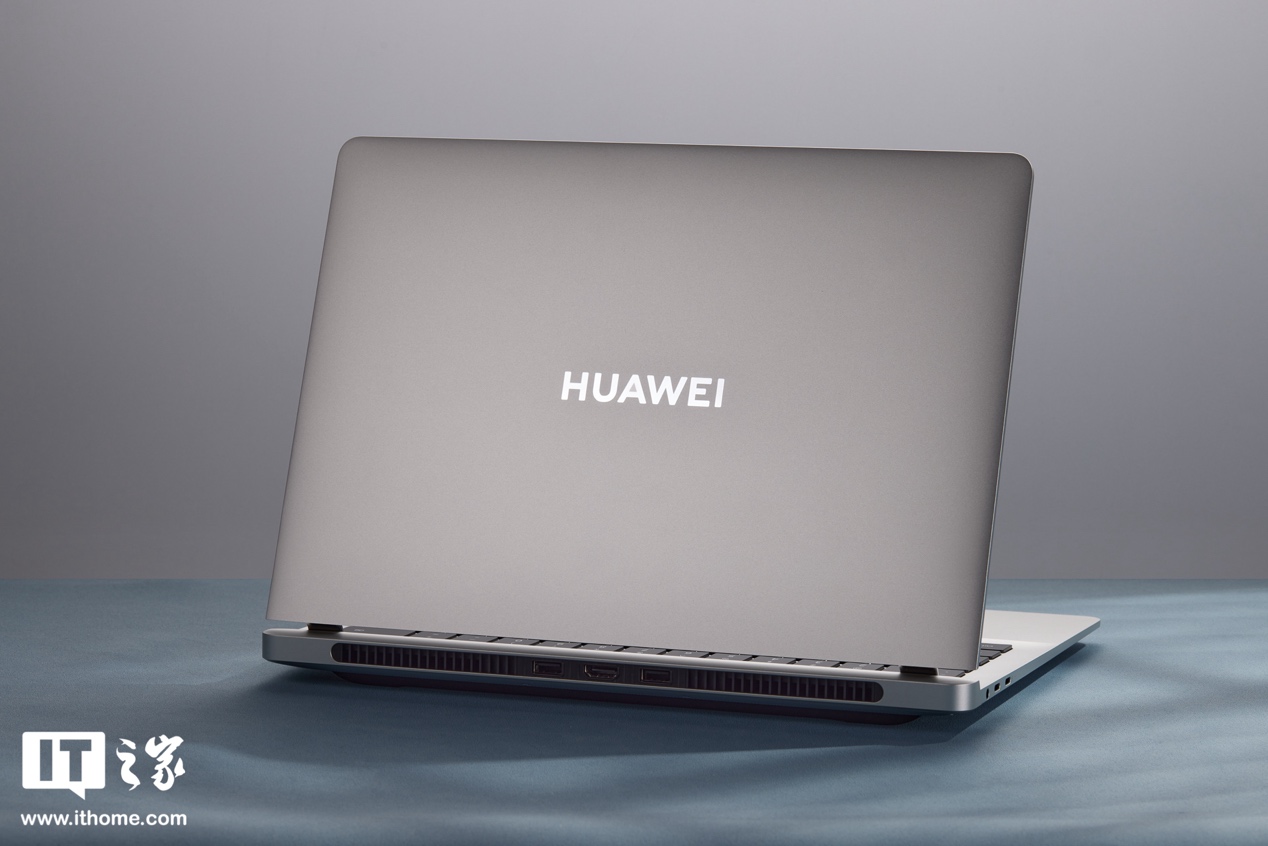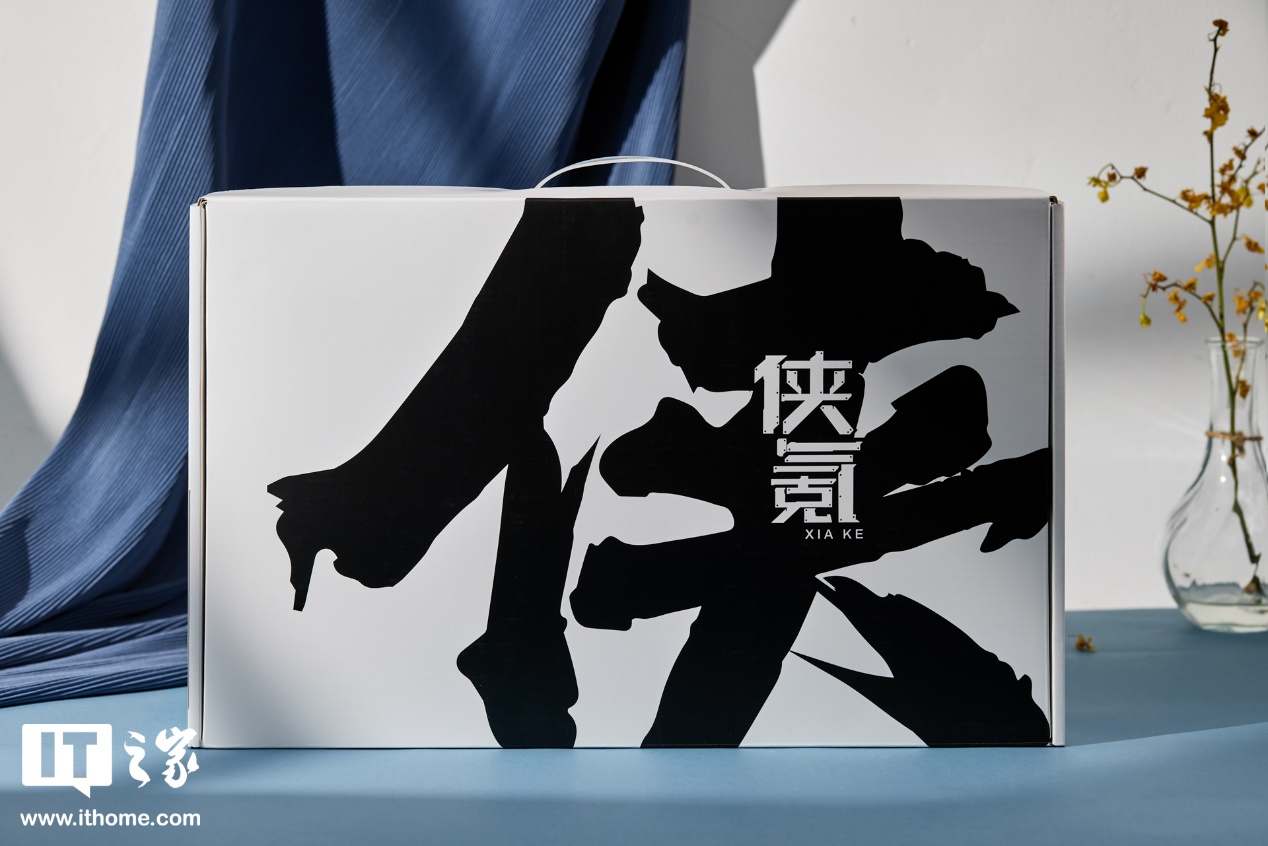The difference between thin and light notebooks and business notebooks is: 1. Thin and light notebooks focus on thin, portable design, while business notebooks focus on stable and durable design; 2. Thin and light notebooks may be relatively weak in performance, while business notebooks It has efficient working performance; 3. Thin and light notebooks only provide limited interfaces, while business notebooks usually provide more interfaces and expansion options.

# Operating system for this tutorial: Windows 10 system, Dell G3 computer.
Thin and light laptops and business laptops are two different types of laptops. They have some differences in design, function and positioning.
-
Design and portability:
- Thin and light notebooks: Thin and light notebooks focus on thin, light and portable design, usually using lightweight materials and compact dimensions. They are usually thinner and lighter, making them easier to carry and move around.
- Business laptops: Business laptops focus on a stable and durable design, usually using sturdier shell materials and thicker bodies. Business laptops may be slightly bulkier, but they pay more attention to the firmness and durability of the body structure.
- ##Performance and functions:
- Thin and light notebooks: Thin and light notebooks are usually characterized by being thin, light and portable, so they may be relatively weak in performance. They often feature low-power processors and integrated graphics, making them suitable for general office, entertainment, and daily use.
- Business notebook: Business notebook focuses on stable and efficient work performance. Business laptops are usually equipped with more powerful processors, discrete graphics cards, and larger memory capacities to meet the needs of business applications, multitasking, and professional work.
- Function expansion:
- Thin and light notebooks: Thin and light notebooks usually focus on simple design and portability, so they may be relatively poor in interface and scalability. less. Generally speaking, they may only provide limited interfaces such as USB, HDMI, etc., and have weak scalability.
- Business laptop: Business laptop usually provides more interfaces and extension options to meet the needs of business users. For example, a business notebook may be equipped with more USB ports, SD card slots, Ethernet interfaces, etc., and may also support more advanced security features such as fingerprint recognition, smart card slots, etc.
The above is the detailed content of What is the difference between thin and light laptops and business laptops?. For more information, please follow other related articles on the PHP Chinese website!
 惠普战 66 七代轻薄本锐龙版上架,搭载 AMD Ryzen 7035U 处理器May 01, 2024 am 08:43 AM
惠普战 66 七代轻薄本锐龙版上架,搭载 AMD Ryzen 7035U 处理器May 01, 2024 am 08:43 AM本站4月30日消息,惠普今日在电商平台上架了战66七代商务轻薄本锐龙版,该系列笔记本包含14英寸和16英寸两个版本,均采用AMDRyzen7035U“Rembrandt”处理器。全部战66七代轻薄本锐龙版均采用双DDR5内存槽双M.2固态插槽设计,搭载“长寿命”56Wh电池(保修两年)。战66七代轻薄本锐龙版采用全金属机身,铝合金覆盖,支持180°开合,14英寸版本起始重量1.40kg,16英寸版本起始重量1.75kg。惠普宣称对该系列机型进行了低噪音调节,拒绝表面温度过高问题,同时键盘覆盖Du
 机械革命无界 14S 2024(AMD)轻薄本亮相:R7-8845HS,首发不高于 3999 元Apr 22, 2024 pm 02:07 PM
机械革命无界 14S 2024(AMD)轻薄本亮相:R7-8845HS,首发不高于 3999 元Apr 22, 2024 pm 02:07 PM本站4月22日消息,机械革命无界14S2024(AMD)“黑天鹅”全能轻薄本近日亮相。根据电商平台页面,这款进一步丰富无界14矩阵的笔记本首发价格不高于3999元。核心配置上,无界14S2024(AMD)笔记本采用AMD锐龙78845HS处理器,搭配16GB内存(本站注:未标明内存类型和频率)和512GB固态硬盘。该笔记本重1.39kg,厚17.3mm,采用双风扇双热管(一根粗8mm,另一根粗6mm)散热设计,CPU性能释放达到54W,支持Fn+X三种性能模式切换。无界14S2024(AMD)搭
 楔形全金属机身,星光灯加持,华为 MateBook GT 14 开箱Aug 08, 2024 pm 01:56 PM
楔形全金属机身,星光灯加持,华为 MateBook GT 14 开箱Aug 08, 2024 pm 01:56 PM小伙伴们大家好,欢迎来到,今天为大家开箱一款华为MateBook系列的新品——华为MateBookGT14。华为MateBookGT14采用全金属机身,外观整体简约大气,A面首次搭载了一枚高亮度的华为星光灯,会随屏幕打开缓缓点亮。尾部采用了喷气式直出风设计,并在出风口中部配备了2枚USB3.2Gen1接口和一枚HDMI2.1接口。整机采用楔形机身设计,重量1.49kg,厚度仅15.3mm。B面搭载了一块14.2英寸的2.8K高分辨率OLED全面屏,采用3:2屏幕比例,四边窄边框,可以达到最高10
 联想小新 Pro14 2024 AI 锐龙版体验评测:硬件全面升级,体验大提升Mar 20, 2024 pm 05:16 PM
联想小新 Pro14 2024 AI 锐龙版体验评测:硬件全面升级,体验大提升Mar 20, 2024 pm 05:16 PM正值开学季,最近有换机需求的学生朋友应该不少,如果你想要一台轻薄便携长续航,屏幕外放不能差,能打游戏能办公的轻薄本,那么今天要聊的这款小新Pro142024AI锐龙版应该会比较适合你。它搭载了锐龙78845H处理器,65W性能释放,拥有84Wh大电池和1.46kg轻巧机身,实际表现如何?一起来看看吧。外观设计联想小新Pro142024AI锐龙版这次在外观设计上基本延续了2023款的风格,只是在细节上做了一些调整,我们简单过一下。首先机器的裸机重量为1.46kg,厚度为15.9mm,这两个参数与2
 750元的NEC古董级笔记本,颠覆了我对“洋垃圾”的认知Jul 02, 2024 am 04:09 AM
750元的NEC古董级笔记本,颠覆了我对“洋垃圾”的认知Jul 02, 2024 am 04:09 AM我在闲鱼上,买了一台洋垃圾轻薄本。哦,这个开场是不是会显得有些突兀?那我稍微倒流一下时间,就回到今年的...四月份左右吧。今年四月,华为新款MateBookXPro正式发布,这款高性能笔记本不仅配备了全新一代酷睿Ultra9高性能处理器、14.2"柔性OLED屏幕和高达70Wh电池,更是通过轻便且强度颇高的镁合金机身,把机身厚度控制在13.5mm,整机重量更只有980克,号称开启高性能笔记本“百克新纪元”。这还没完,前段时间,微博知名数码博主@数码闲聊站爆料,他本人提前摸到了荣耀即将发
 玄派侠氪笔记本图赏:自带无线蓝牙耳机,设计埋国风彩蛋Feb 20, 2024 pm 01:36 PM
玄派侠氪笔记本图赏:自带无线蓝牙耳机,设计埋国风彩蛋Feb 20, 2024 pm 01:36 PM2023年刚过,笔记本厂商们最近又开始密集发新品了。这不,本站刚刚拿到了一台来自玄派的国风商务轻薄本——玄派侠氪,官方说要做年轻人初入职场的第一台办公利器。接下来就给大家带来开箱图赏。玄派侠氪笔记本的包装盒设计很有意思,白色封皮加上一个大大的黑色书法体“侠”字,浓厚的水墨风气息扑面而来。侠氪系列名被巧妙隐藏在“侠”字当中,有种不露锋芒的沉稳和内敛。拿出本体,玄派侠氪笔记本拥有14英寸小巧机身,厚17.9mm,重1.45kg,表面采用冲压铝+CNC+阳极氧化等多道工序打造,手感细腻高级。玄派侠氪笔
 春季购机享优惠,京东踏青出游季爆品电脑推荐Apr 25, 2024 pm 05:31 PM
春季购机享优惠,京东踏青出游季爆品电脑推荐Apr 25, 2024 pm 05:31 PM不要改变原内容的意思,微调内容,重写内容,不要续写:“5+%E6%9C%88%E5%B0%86%E8%87%B3%EF%BC%8C%E6%98%A5%E6%9A%96%E8%8A%B1%E5%BC%80%E3%80%82最近想要购买机的小伙伴相信都想趁着5.1的优惠活动拿下心仪仪器,不过国产电脑品牌升级正联合京东给大家带来春季踏青出游季优惠活动,提起送福利,感兴趣的小伙伴赶紧看过来,小编这次给大家推荐几款性价比超高的爆品笔记本和台式机。”攀升暴风龙P3护眼版这款主打屏幕显示和护眼体验的产品,采用
 Dynabook 推出 14 英寸笔记本 R8/X、R7/X:搭载酷睿 Ultra 处理器,仅重 899gJul 19, 2024 pm 03:08 PM
Dynabook 推出 14 英寸笔记本 R8/X、R7/X:搭载酷睿 Ultra 处理器,仅重 899gJul 19, 2024 pm 03:08 PM本站7月17日消息,Dynabook玳能今日在日本市场发布了R8/X和R7/X两款14英寸规格的轻薄本,重量仅有899克,通过了十项美国MIL军规耐久测试。这两款产品均基于英特尔MeteorLake处理器,也都板载16GBLPDDR5X内存,主要区别在于:R8/X配备酷睿Ultra7155H处理器和512GBPCIe4.0固态硬盘;R7/X配备酷睿Ultra5125H处理器和256GBPCIe固态硬盘。DynabookR8/X、R7/X均搭载一块支持180°开合的1920×1200分辨率低功耗I

Hot AI Tools

Undresser.AI Undress
AI-powered app for creating realistic nude photos

AI Clothes Remover
Online AI tool for removing clothes from photos.

Undress AI Tool
Undress images for free

Clothoff.io
AI clothes remover

AI Hentai Generator
Generate AI Hentai for free.

Hot Article

Hot Tools

Atom editor mac version download
The most popular open source editor

MantisBT
Mantis is an easy-to-deploy web-based defect tracking tool designed to aid in product defect tracking. It requires PHP, MySQL and a web server. Check out our demo and hosting services.

Dreamweaver Mac version
Visual web development tools

PhpStorm Mac version
The latest (2018.2.1) professional PHP integrated development tool

Safe Exam Browser
Safe Exam Browser is a secure browser environment for taking online exams securely. This software turns any computer into a secure workstation. It controls access to any utility and prevents students from using unauthorized resources.






